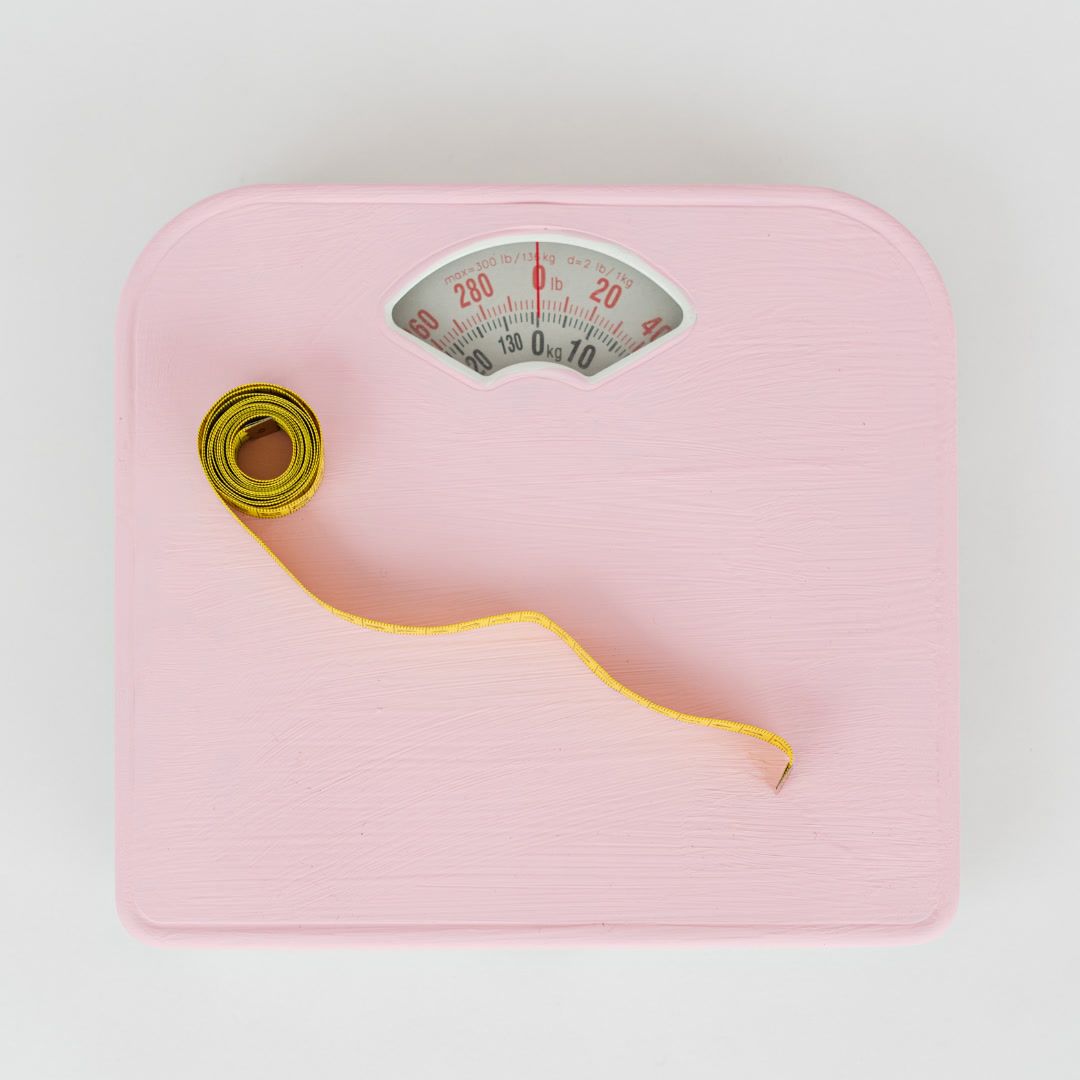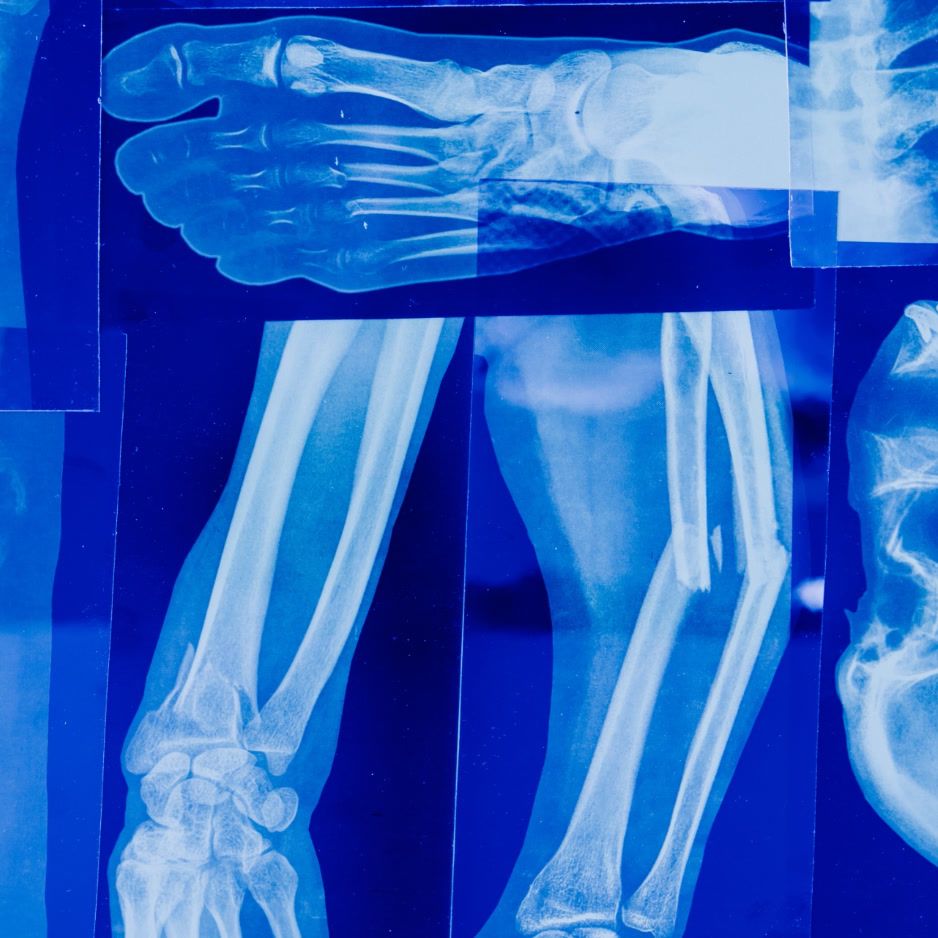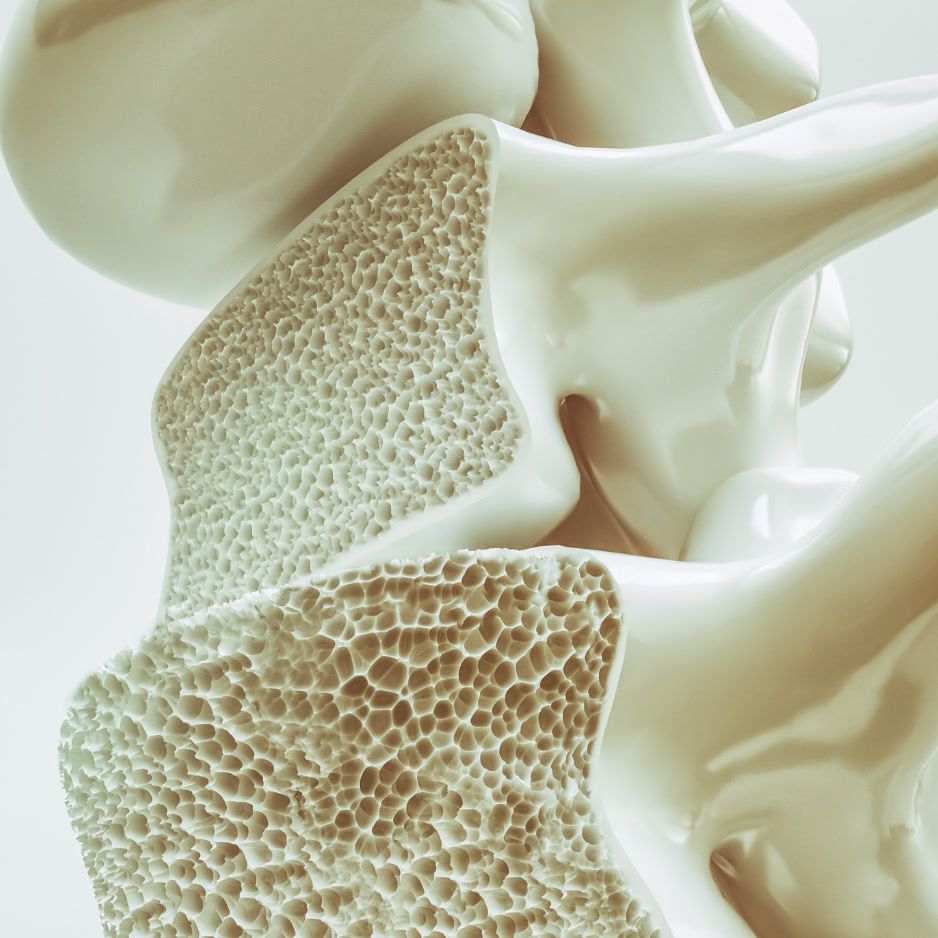Carb Cycling: Burn Fat and Fuel Workouts
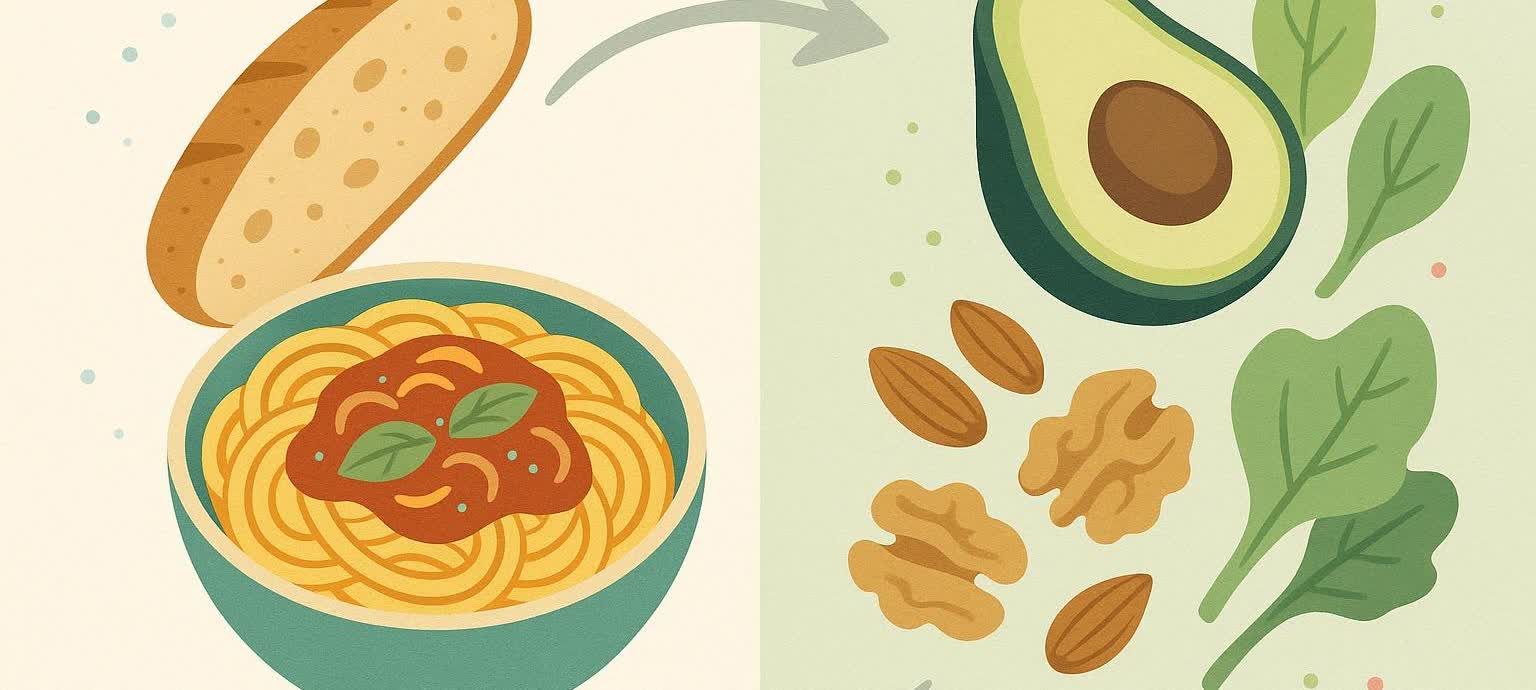
Carb Cycling: Burn Fat & Fuel Workouts
Key Takeaways
- Carb cycling means purposefully alternating high-, moderate-, and low-carbohydrate days to match your body’s actual fuel needs.
- Done correctly, it can help you lose fat without sacrificing lean mass, keep workouts energized, and bust through plateaus.
- Successful carb cycling sets macro targets based on lean body mass—not total weight—for greater precision.
What Is Carb Cycling?
Carb cycling is a nutrition strategy that rotates your daily carbohydrate target—sometimes every day, sometimes by training phase—to better synchronize energy intake with energy demand. On high-carb days you reload muscle glycogen, support intense training, and give your metabolism a short “refeed.” On low-carb days you reduce insulin, encourage fat oxidation, and create a calorie deficit. As explained by Healthline, the method sits somewhere between a conventional balanced diet and a cyclical ketogenic approach.
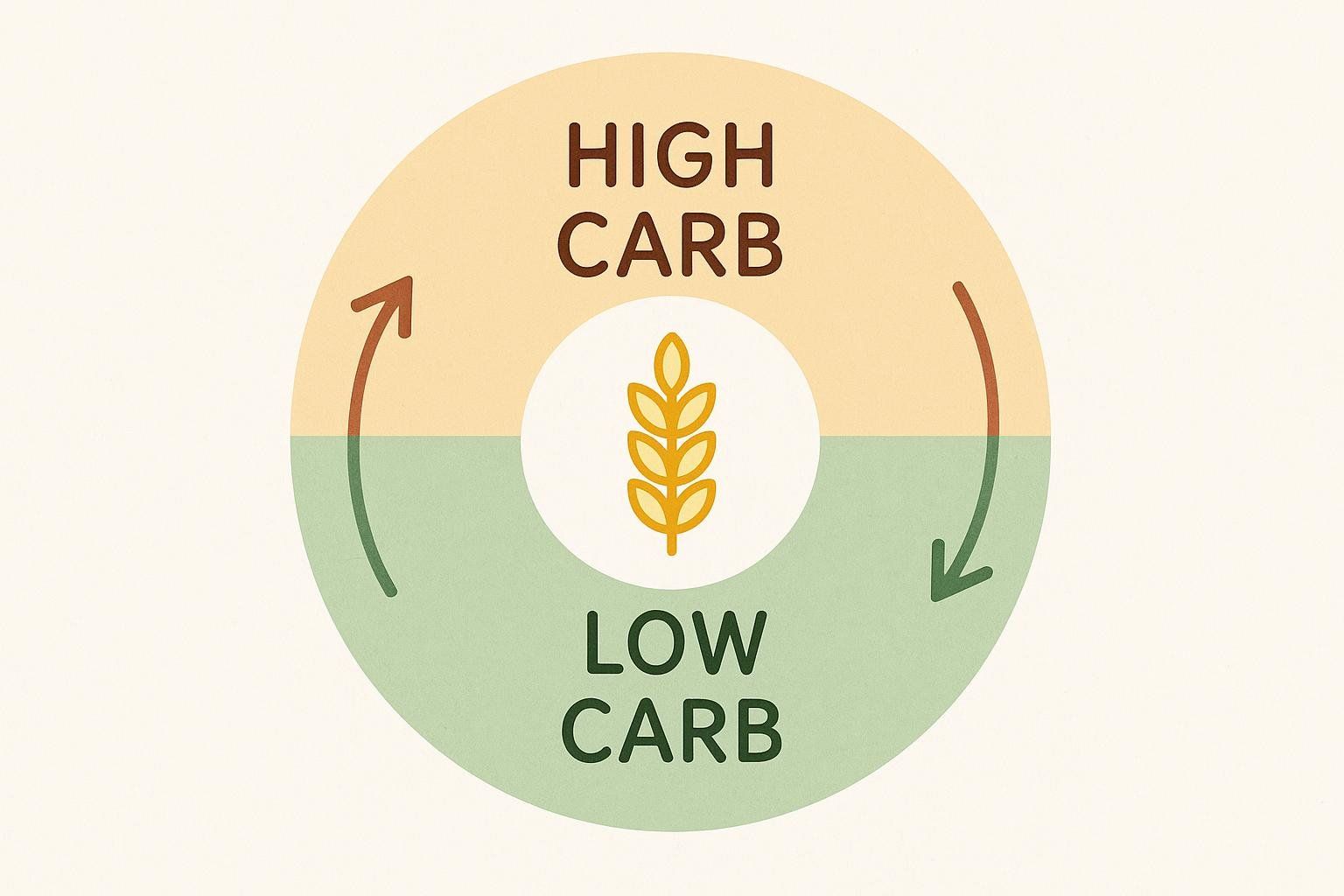
Unlike one-size-fits-all diets, carb cycling is dynamic. You adjust intake based on factors like training volume, body-fat level, and hormonal cues—similar to periodized strength programming but for food.
How Carb Cycling Works: The Science in Plain English
- Glycogen & Performance – Carbs become glycogen, the quick-draw fuel stored in muscle. Replenishing it (high days) boosts power output and prevents mid-workout bonks.
- Insulin & Fat Oxidation – Lower carb intake (low days) tamps down insulin, a storage hormone. With less circulating insulin, your body taps stored fat more readily for energy.
- Hormonal Refeeds – A 2020 randomized trial showed that adding two high-carb “refeed” days each week helped preserve resting metabolic rate and lean mass, likely thanks to short-term boosts in leptin and insulin triggered by the carb surge.
- Metabolic Flexibility – Alternating fuel sources trains your body to switch efficiently between using carbohydrates and fats for energy—a capacity known as metabolic flexibility.
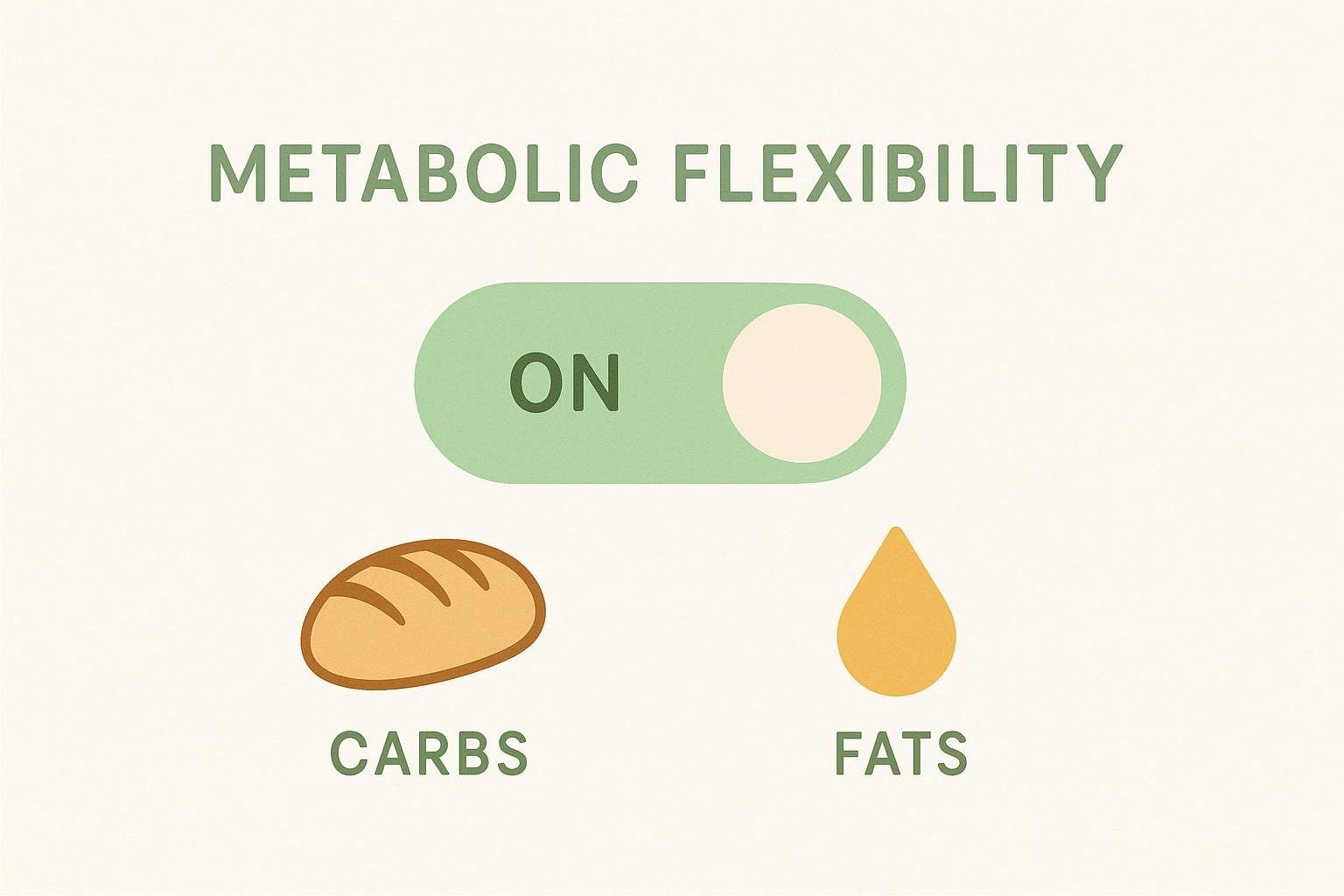
Benefits of Carb Cycling
| Goal | How Carb Cycling Helps |
|---|---|
| Fat loss | Low-carb days maintain a calorie deficit while high-carb refeeds help prevent metabolic slowdown. |
| Maintain muscle | Strategic carbs around lifts blunt muscle protein breakdown and keep training quality high. |
| Athletic performance | High days replenish glycogen before key workouts or races. |
| Hormone health | Brief carb pulses support leptin, thyroid, and reproductive hormones that often dip during chronic low-carb dieting. |
| Diet adherence | Knowing you have higher-carb days ahead can reduce cravings and binge risk. |

Is Carb Cycling Right for You?
Carb cycling shines for:
- Recreational & competitive athletes needing a fat-loss phase without killing their splits.
- Busy professionals who want flexibility—e.g., saving higher-carb days for weekend social events.
- Coaches & trainers looking to periodize nutrition like they periodize training.
Skip or modify if you’re pregnant, breastfeeding, managing an eating disorder, or on physician-directed diabetic protocols. Always clear major diet changes with a qualified professional.
How to Build Your Carb Cycling Plan
1. Find Your Lean Body Mass (LBM)
Your lean body mass—everything in you that isn’t fat—is the cornerstone metric for carb cycling. The gold standard for measuring LBM is a DEXA scan, which provides the most accurate and detailed body-composition data; BodySpec offers affordable DEXA testing at mobile clinics nationwide. If you can’t get scanned yet, our body-fat calculator offers a reasonable estimate to get started.
2. Estimate Your Daily Calories
- Enter your stats into our RMR Calculator (or BMR Calculator) to find your Resting/Basal Metabolic Rate.
- Multiply that value by an activity factor to calculate your Total Daily Energy Expenditure (TDEE):
- Sedentary (desk job, little exercise): 1.2
- Lightly active (light exercise 1–3 days/week): 1.375
- Moderately active (moderate exercise 3–5 days/week): 1.55
- Very active (hard exercise 6–7 days/week): 1.725
- Extra active (physical job + intense training): 1.9
- For fat loss, shave 15–25 % off TDEE to create a sustainable calorie deficit.
Within that calorie budget, lock protein first: aim for ≈ 1 g of protein per pound of LBM to preserve muscle while dieting.
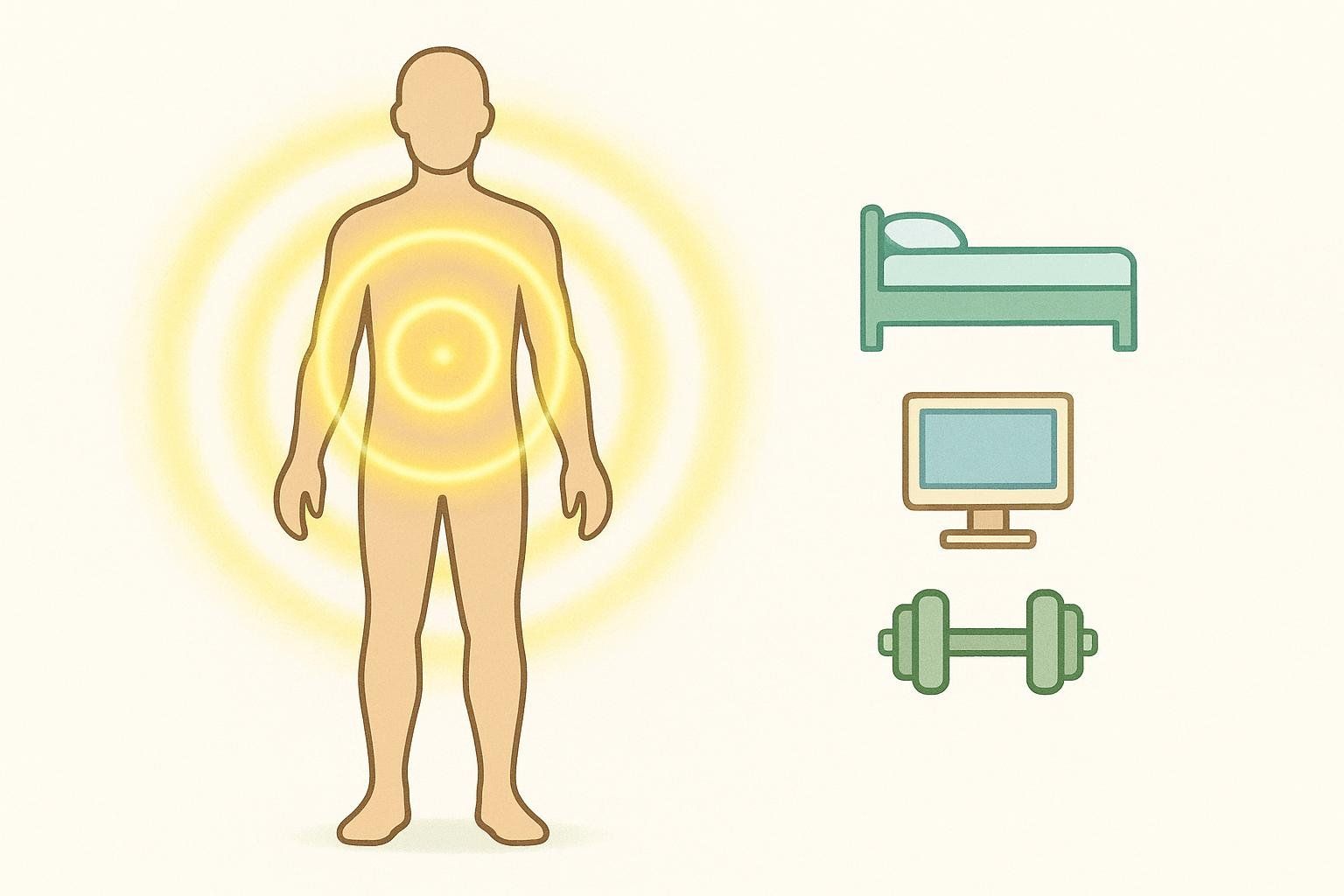
3. Calculate Carbs for Each Day Type
Allocate carbohydrates using your LBM:
- High-carb day: 2–2.5 g carbs per pound of LBM
- Moderate-carb day: 1–1.5 g per pound
- Low-carb day: 0.25–0.5 g per pound
Fat grams fill the leftover calories (higher fat on low-carb days, lower fat on high-carb days).
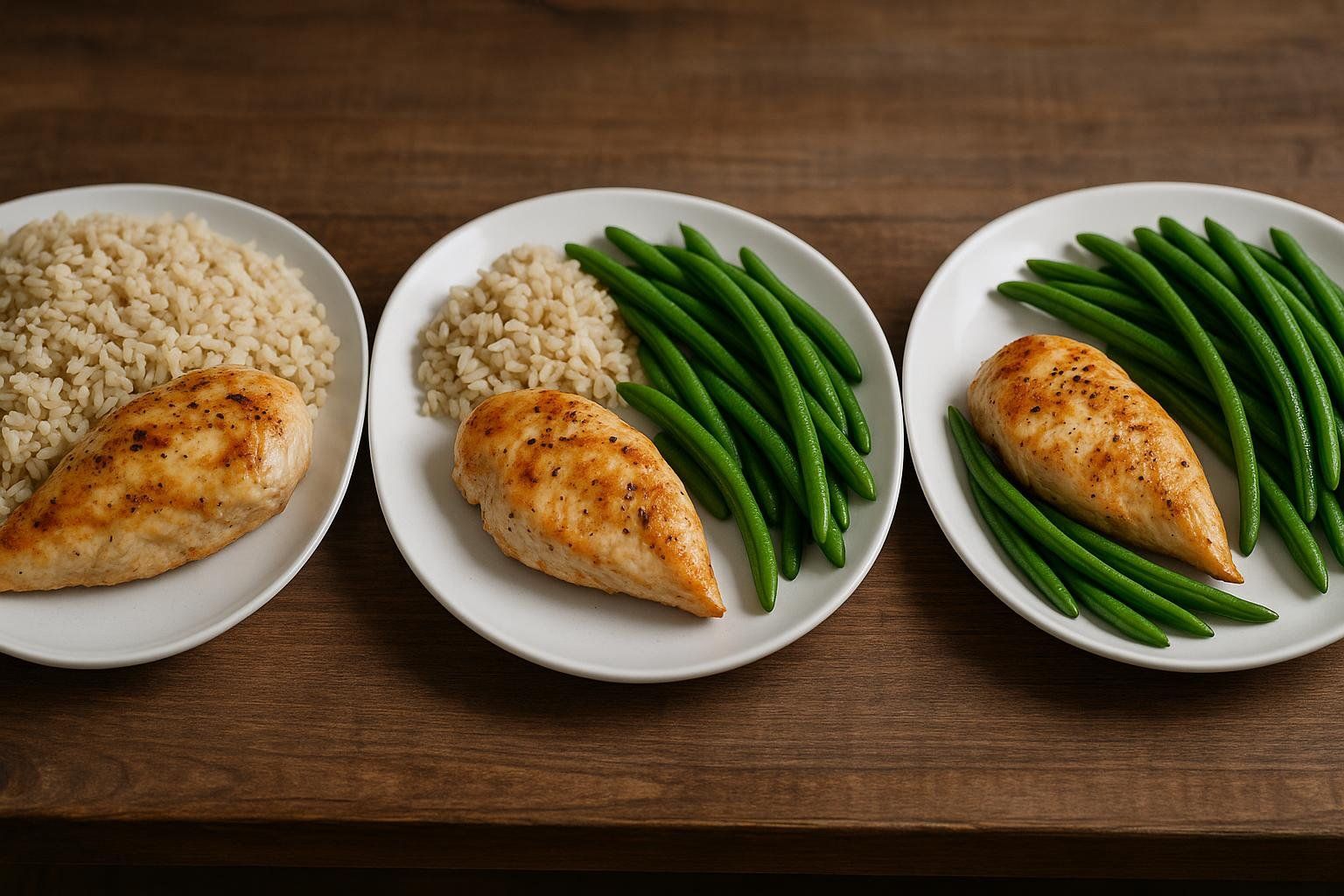
4. Choose Your Weekly Carb Cycling Schedule
| Training Focus | Mon | Tue | Wed | Thu | Fri | Sat | Sun |
|---|---|---|---|---|---|---|---|
| Standard Fat-Loss (Gym 4×/wk) | High | Low | Moderate | High | Low | Moderate | Low |
| Endurance Athlete (Long run Sat) | Moderate | Low | High | Low | Moderate | High | Low |
| Weekend Refeed Split | Low | Low | Low | Low | Low | High | High |
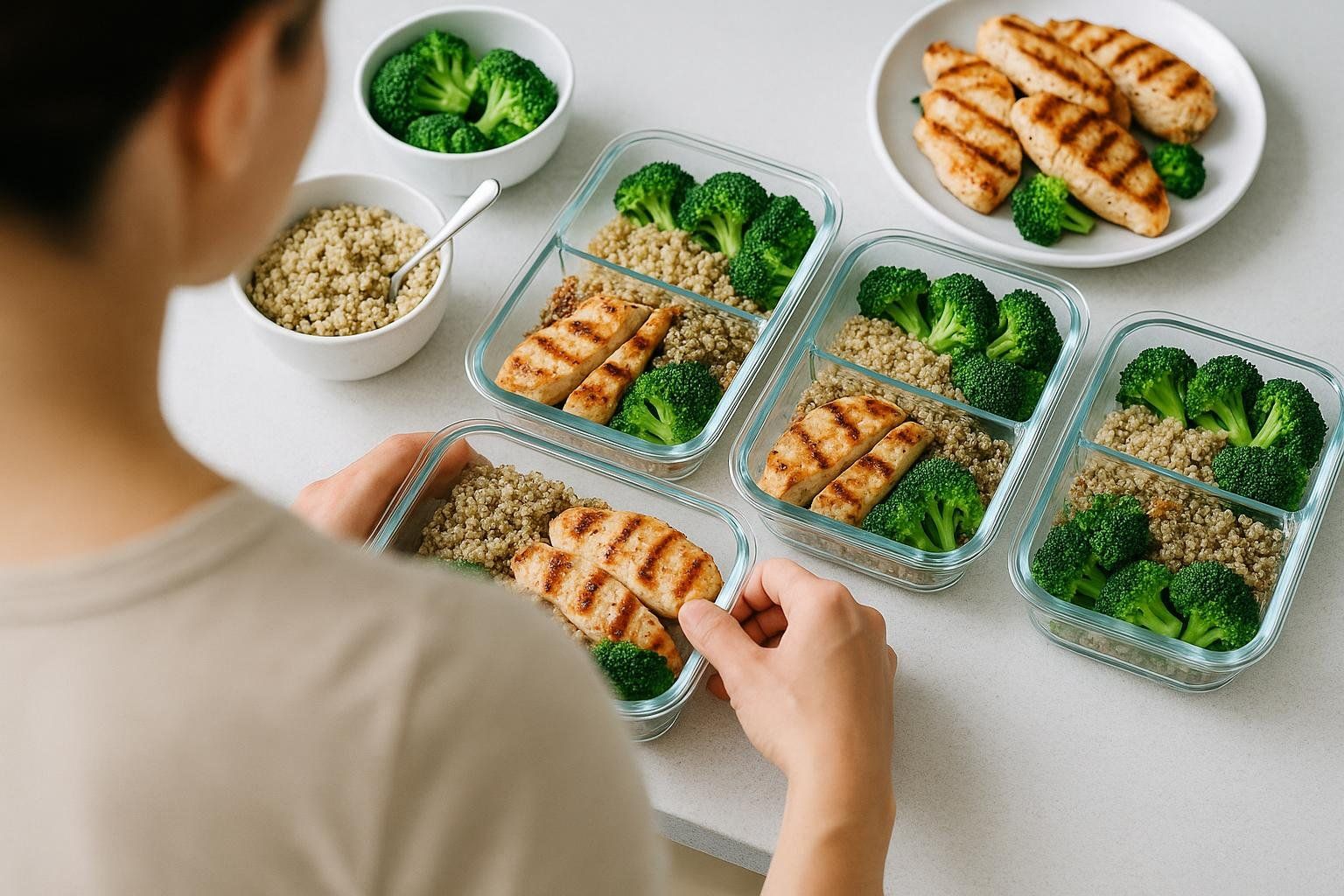
5. Sample Moderate-Day Menu
Disclaimer: The menu below is only a template. Adjust portion sizes to fit the calorie and macro targets you calculated above.
This example delivers 1,430 calories: 132 g protein, 154 g carbs, 32 g fat.
| Meal | Food | Protein (g) | Carbs (g) | Fats (g) |
|---|---|---|---|---|
| Breakfast | ½ cup dry oats (cooked), 1 scoop whey, ½ banana, 2 tsp almond butter | 33 | 46 | 10 |
| Lunch | 5 oz grilled chicken, 1 cup cooked brown rice, 1 cup steamed broccoli, 1 tsp olive oil | 45 | 45 | 4.5 |
| Snack | 1 cup non-fat Greek yogurt, 1 medium apple, 10 almonds | 22 | 33 | 3 |
| Dinner | 5 oz salmon, 1 cup roasted sweet potato, side salad with spinach, 1 tsp olive oil | 32 | 30 | 14.5 |
| Daily Total | 132 | 154 | 32 |
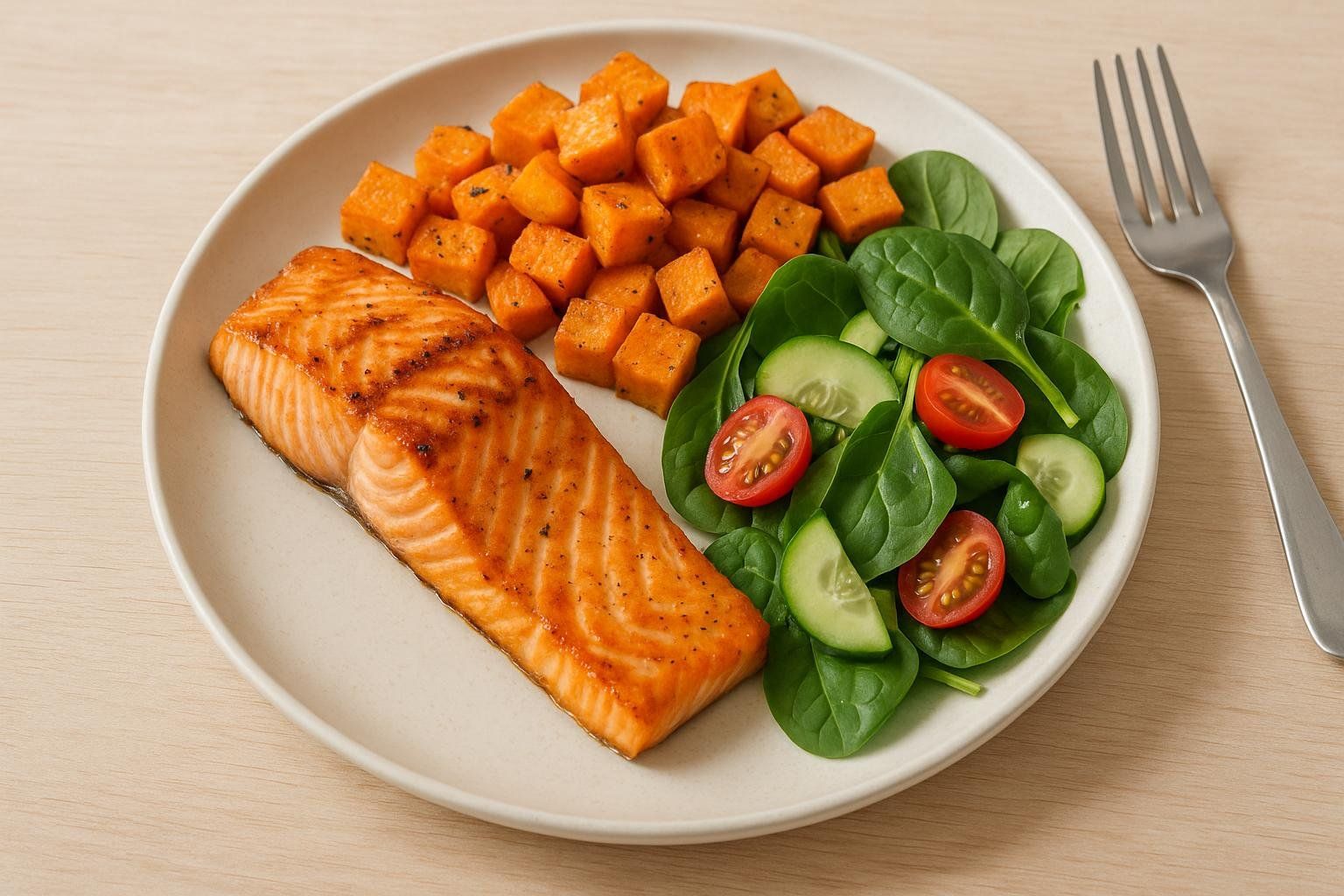
Carb Timing Around Workouts
For high-intensity or strength sessions:
- Pre-workout (1–2 h prior): 25–40 g easily digested carbs + 20 g protein.
- Post-workout (within 90 min): another 25–50 g carbs + 30 g protein to accelerate glycogen resynthesis and muscle repair.
- Endurance events > 90 min: consume 30–60 g carbs per hour during the session.
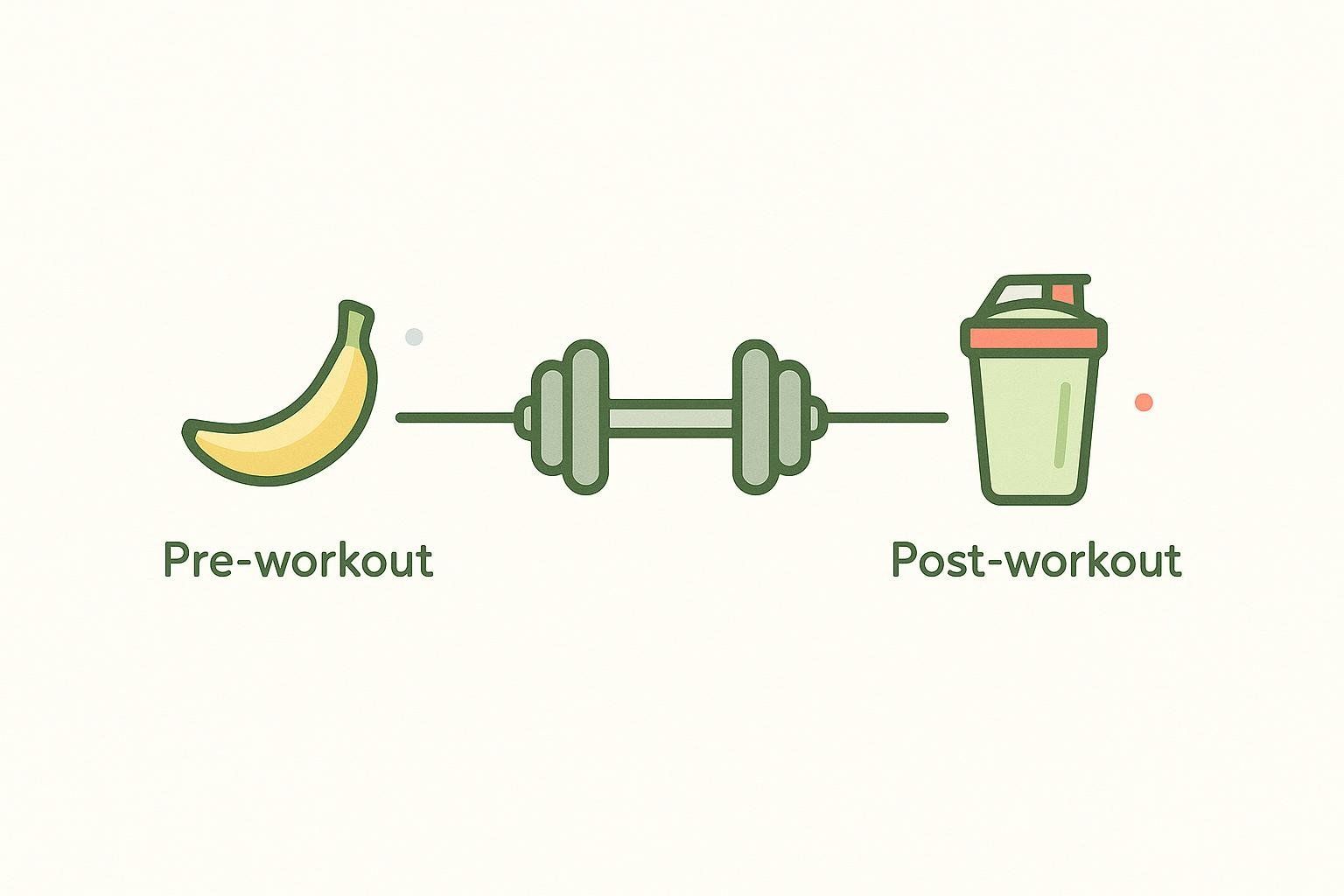
On low-carb days, schedule lower-intensity work: steady-state cardio, mobility, or complete rest.
Common Mistakes (and How to Dodge Them)
- Ignoring total calories. Carb cycling isn’t magic; you still need a deficit for fat loss.
- Mis-timing high-carb days. Place them before or after your toughest workouts, not on Netflix marathons.
- Over-restricting. Going below 25 g carbs repeatedly can tank performance and adherence.
- Neglecting micronutrients. Eat colorful produce daily, even on low-carb days.
- Skipping measurements. Use DEXA scans plus scale, tape, and performance notes to verify progress.

Common Questions About Carb Cycling
How long should a carb cycle last?
A typical carb-cycling phase might last 6–12 weeks before you transition to maintenance or another approach.
Is carb cycling safe for beginners?
Yes—if calories and protein are adequate. Start with a simple low/moderate split before experimenting with aggressive cycling.
Can I pair carb cycling with intermittent fasting?
You can, but complexity increases—nail one strategy first before layering another.
Tracking Progress With BodySpec
A BodySpec DEXA scan gives you a laser-accurate readout of fat mass vs. lean mass—far beyond the bathroom scale. Schedule a scan every 4–8 weeks to validate your carb-cycling blueprint and adjust macros based on real changes.
Not near one of our vans? Use our DEXA scan finder to locate the closest facility.
The Bottom Line
Carb cycling offers a strategic, adaptable way to align your nutrition with your training and body-composition goals—helping you shed fat, fuel performance, and keep muscle where it belongs.
